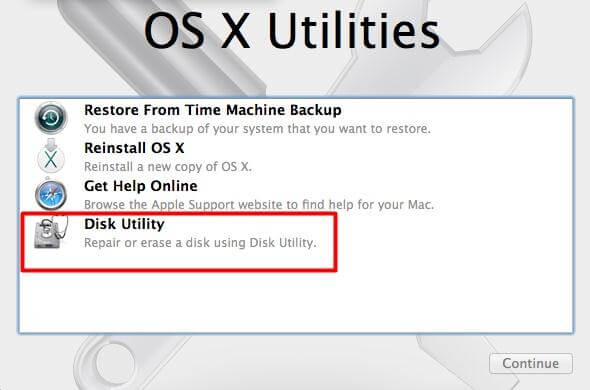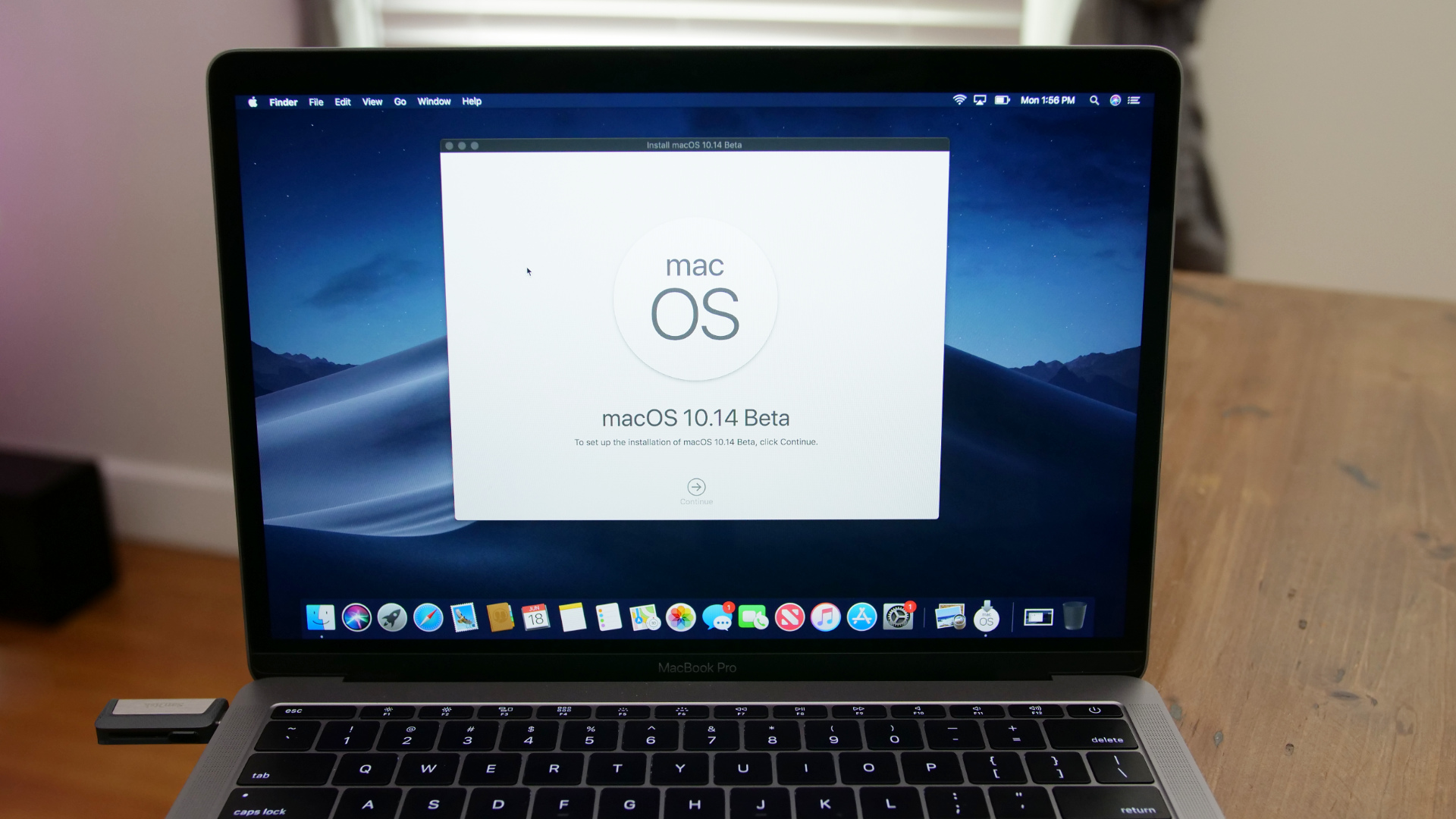
- INSTALLING MAC OS DISK IS LOCKED HOW TO
- INSTALLING MAC OS DISK IS LOCKED PRO
- INSTALLING MAC OS DISK IS LOCKED SERIES
- INSTALLING MAC OS DISK IS LOCKED DOWNLOAD
Reviews initially were generally positive, with caveats. Thunderbolt 2 ports brought updated wired connectivity and support for six Thunderbolt displays.
INSTALLING MAC OS DISK IS LOCKED SERIES
It had up to a 12-core Xeon E5 processor, dual AMD FirePro D series GPUs, PCIe-based flash storage, and an HDMI port. The company said it offered twice the overall performance of the first generation while taking up less than one-eighth the volume.
INSTALLING MAC OS DISK IS LOCKED PRO
In December 2013, Apple released the second-generation Mac Pro with a new cylindrical design. Revisions in 20 revisions had Nehalem/ Westmere architecture Intel Xeon processors. It was replaced on April 4, 2007, by a dual quad-core Xeon Clovertown model, then on January 8, 2008, by a dual quad-core Xeon Harpertown model. Introduced in August 2006, the first-generation Mac Pro had two dual-core Xeon Woodcrest processors and a rectangular tower case carried over from the Power Mac G5. It is one of four desktop computers in the current Macintosh lineup, sitting above the Mac Mini and iMac and Mac Studio. The Mac Pro, by some performance benchmarks, is the most powerful computer that Apple offers. Mac Pro is a series of workstations and servers for professionals that are designed, developed and marketed by Apple Inc. Intel Xeon-W Cascade Lake (current release)

If you booted from a functioning recovery partition, click the “Reinstall macOS” button. With your information wipe complete, you are now ready to reinstall macOS. If you choose three or five passes, you might want to leave this running overnight. If you opted to wipe your drive securely, this might take a while-30 minutes to an hour is not unreasonable for one pass. Just give your drive a name (I recommend “Macintosh HD”, just for consistency’s sake), then click “Erase” to start the overwriting process. You only need to write over a drive once to securely wipe it, but if you’re paranoid you can also wipe it three or five times.Ĭlick “OK” once you’ve decided, but remember: if your Mac has a solid state drive, you do not need to use these options. Now move the dial up, to randomly write data over your entire drive. You still need to wipe the drive, however, or your files will remain in place, so skip to the end of this step to do so.) (If your Mac has a solid state drive, you can skip this part: your SSD will already securely erase files thanks to TRIM. If you’re wiping a mechanical drive, click “Security Options” in the window that pops up. Click your primary drive, then click “Erase” If not you can find Disk Utility in the menu bar: click Utilities then Disk Utility. To get started, click the Disk Utility option.ĭepending on how you started Recovery Mode, you may be presented with the option to start Disk Utility right away, as seen above.
INSTALLING MAC OS DISK IS LOCKED HOW TO
We’ve shown you how to securely wipe a hard drive with your Mac, and doing so in Recovery Mode isn’t really different from doing so within macOS. If you want a truly clean installation, however, you need to first wipe your hard drive. We recommend backing up files before you do this, just in case, but otherwise you’re ready for step three. Your user accounts and files will stay exactly where they are-only your operating system will be overwritten. If you want to re-install your operating system, but leave your files in place, you can skip this step. RELATED: 8 Mac System Features You Can Access in Recovery Mode Step Two: Securely Wipe Your Hard Drive (Optional)

Once you’ve managed to open up the Recovery Mode in some fashion, we can move on to wiping your drive securely.
INSTALLING MAC OS DISK IS LOCKED DOWNLOAD
You can access recovery without a partition using Network Recovery: hold Command+Shift+R while turning on your Mac and it will download the Recovery features for you. Failing that, you can create a bootable USB installer for macOS Sierra, and boot from that by holding “Option” while turning on your Mac. If neither of these options work, don’t panic! You’ve got a couple of options yet.


 0 kommentar(er)
0 kommentar(er)
